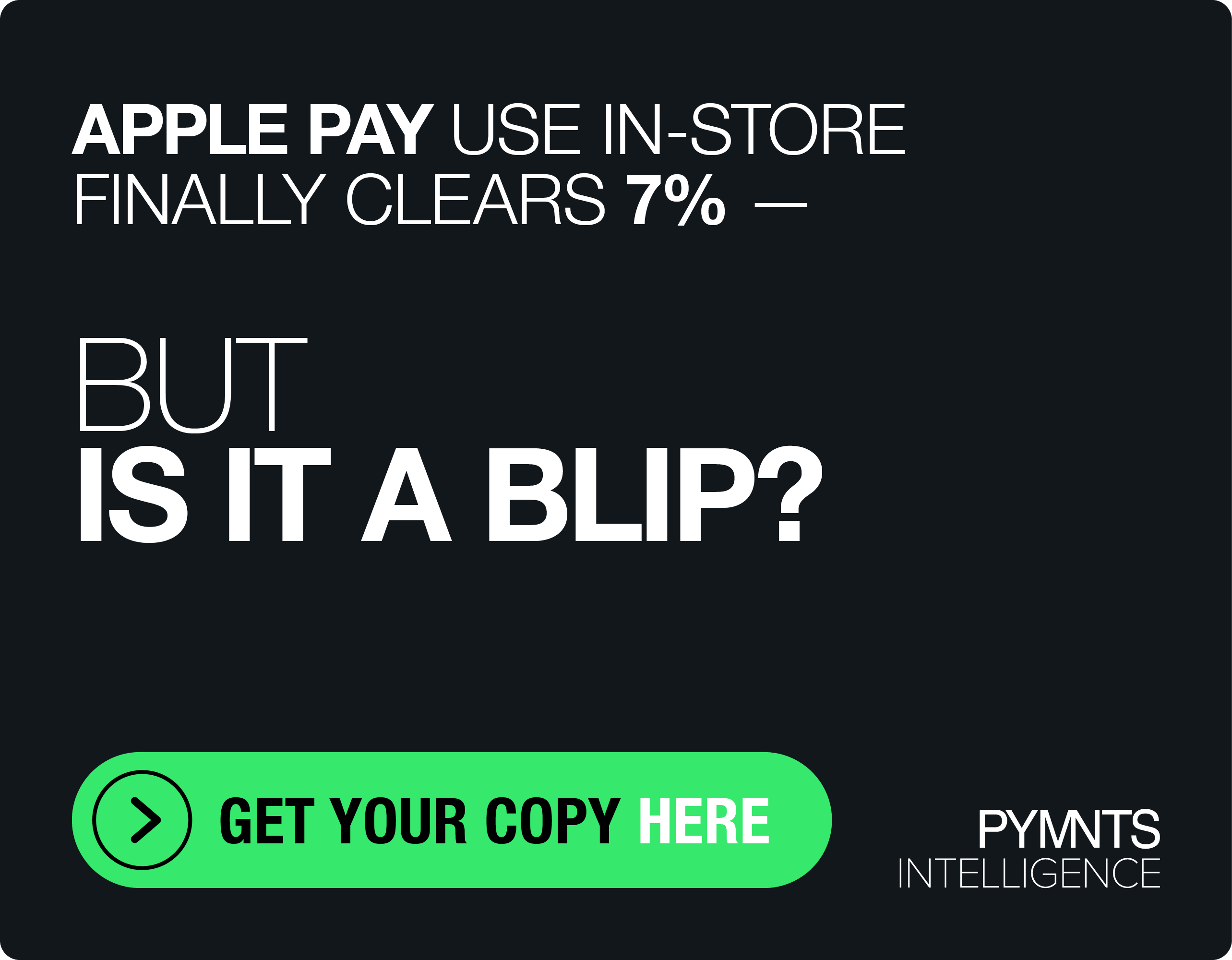Merchants Hold Payments Partners Accountable to Changing ROI Expectations
Entering new markets can be nerve-racking for merchants, especially when the teams in charge of expansions must make a case for return on investment (ROI) from unfamiliar geographies.
To that end, insights can help merchants not only pick markets where they can expand successfully but also the level of ROI to expect, which informs cascading decisions.
For most, this comes down to partnerships. But as Worldline Head of Global Channel Partnerships Kelly Harvin told PYMNTS’ Karen Webster, “where the rub comes in with partners is how do they know that they’ve got the right mix of localized payment methods, international acquirers, local acquirers, all kind of added into the mix” that lightens the merchant’s load.
It’s a variation on the build vs. buy discussion that looks at what partners have in place to help merchants make informed choices about where they can expect to do well, and markets they might be better off steering clear of.
Worldline has built its reputation on having those insights and local partners in different markets to make decisions easier, helping it power cross-border expansions into regions including South Korea and Latin America, to name two. And when determining ROI for these expansions, “data is probably the most important asset that you have to lean into,” Harvin said.
Accurate data helps a particular merchant understand if their product or service will play well in a new geography based on a host of factors from local demand to the payments infrastructure support that’s required to build a strong business case and ensure ROI is realized.
“It’s also having the right data to back up where you invest and how you enter that market,” Harvin said. “Within Worldline, we leverage data that’s anonymized across our merchant base that we input into a BI tool that can very clearly show if you’re going to enter a market, here are the preferred payment methods, here’s what we see in terms of penetration, and here’s which ones have the highest authorization rates.”
See also: The Merchant’s Guide to Opportunities in High-Growth Markets
Choosing the Right Expansion Model
It’s critical not to assume that a market in Asia or Latin America, for example, will react the same way to a product or service as the U.S. or Europe. That extends from support for payment methods to customer service and creating a sense of being local, which all improve ROI.
“We lean heavily into data to show here’s where we think you’re going to see the most interest in terms of forms of payment, as well as here’s where you’re going to get the higher authorization rates,” Harvin said. “We can use that to advise the merchant or the partner on what they should consider investing in. When you combine those elements, it helps build and validate the business case for where to invest your technology resources.”
No matter where on earth you go, customer experience is going to play an outsized role in results. Harvin noted that “there’s a very high cost to not having that end consumer experience be positive,” citing a litany of things that must line up, from preferred local payment methods to the expectations consumers have in different markets, and how well a merchant can deliver on those using the right combination of partners and products.
Noting that Worldline has specialists in data and payment analysis, vertical expertise within markets, and a payment product team with experience in countries that merchants wish to enter, she said that can make the transition work well and deliver the requisite ROI.
“When you consider the advice and input of all of those sources, it creates a more holistic story that’s going to give the merchant the right strategy, and their partner the right strategy to go forward, and ultimately serve those end consumers,” she said.
See also: Harnessing The $382B Latin American eCommerce Market
Going Local Without Being Local
The partner ecosystem approach Worldline uses to help merchants thrive in new markets — or skip one market and go to the next — is proving a valuable resource to these expansions.
Sometimes, a better way is “going local without being local,” which means leveraging that partner ecosystem to create the experience of a product or service as being in-market without the need for costly boots on the ground. That’s a major benefit of a healthy partner ecosystem.
“When people think localization, they always think they have to invest in truly going local. Let’s set up a local entity, set up local tax, etc., everything from a legal regulatory compliance standpoint, and that’s very true in a lot of markets,” she said. “But there are also opportunities outside of that where we can go local without having to invest so much effort into it.”
She feels this is often what merchants miss in terms of the opportunities available, as they may be told about how a particular market works and think it’s not germane to their geo-expansion plans. It misses the point that PSPs like Worldline use their expertise and apply it anywhere.
“It’s where can we set up the right connections with payment providers on the backside that are local in these markets and the right tightknit partnerships that we can enable a merchant to be able to enter that market, transact and act truly as if they did have a boots on the ground local entity, but not actually require them to go to that much effort of doing it,” she said.
See also: South Korea’s $92 Billion eCommerce Market Opportunity

